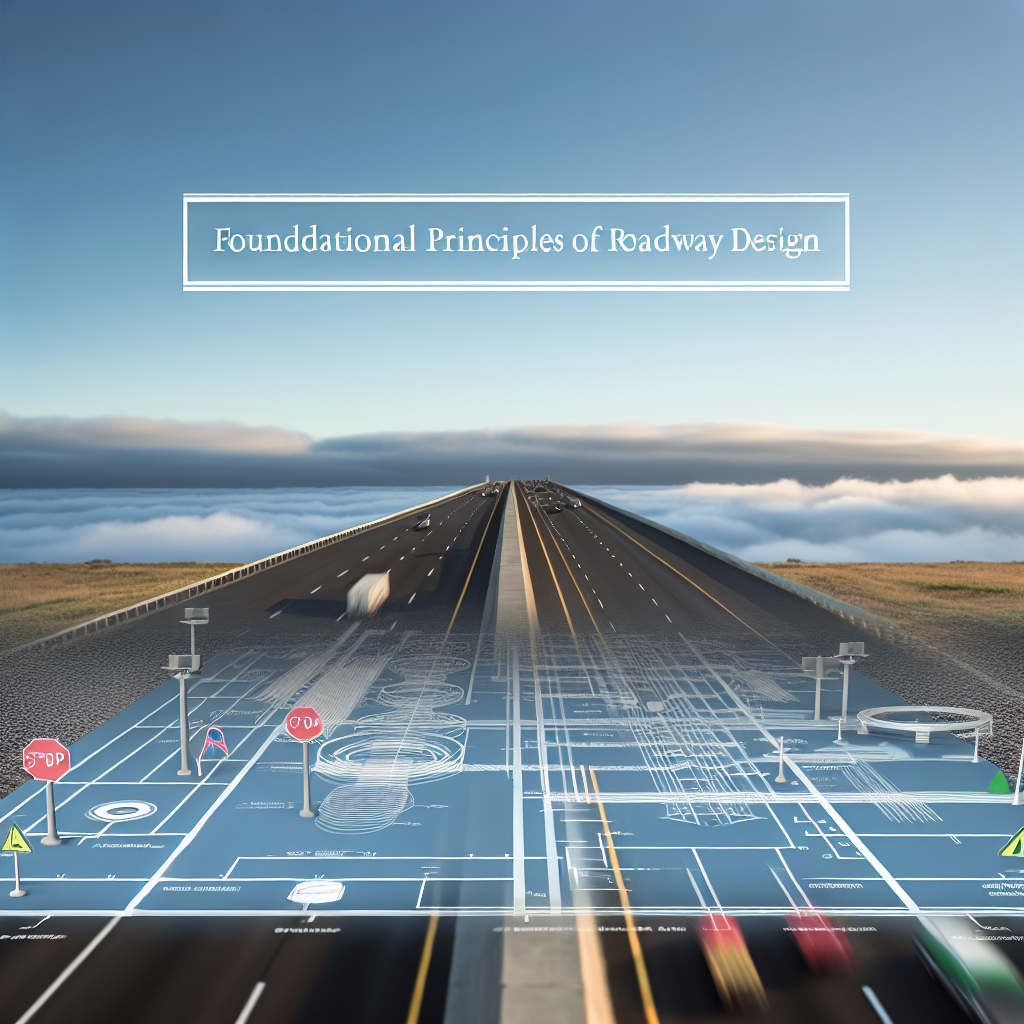Module 4 of 6 – Roadway Designers: Basic serves as a foundational overview for understanding the essential principles and responsibilities involved in roadway design. This module introduces core concepts, including geometric alignment, safety standards, and the tools used by roadway designers to create efficient, safe, and sustainable roadways. Gaining a solid grasp of these basics is crucial for aspiring professionals in transportation engineering.
Fundamental Concepts of Roadway Design
At the heart of roadway design lies the understanding of *geometric alignment*, which involves determining the optimal path for a roadway considering terrain, environmental constraints, and traffic demands. Designers use a combination of *horizontal and vertical alignments* to ensure smooth navigation, safety, and efficiency. Horizontal alignment focuses on horizontal curves and straight sections, while vertical alignment manages elevations and grades.
Safety standards are also integral to basic roadway design. These include considerations such as sight distance, curve radius, superelevation, and clear zones. Proper application of these standards minimizes accident risks and enhances driver safety. For example, *superelevation*—the banking of curves—helps vehicles maintain traction at higher speeds, reducing potential overturns or skidding.
Tools like *geometric design software* and *traffic analysis models* assist designers in visualizing and testing different design scenarios. A thorough grasp of these tools and principles enables designers to develop roads that are not only functional but also durable and safe over their lifespan.
Design Process and Key Considerations
The process begins with data collection, including topographic surveys, environmental assessments, and traffic forecasts. These inputs inform the initial concept design, where preliminary alignments are drafted, considering factors such as land use, existing infrastructure, and community impact.
Once the initial design is developed, iterative evaluation ensures compliance with standards and project goals. This involves analyzing *traffic flow*, *safety*, *cost*, and *construction feasibility*. Environmental and social impacts are also considered, emphasizing sustainable development practices. For instance, incorporating wildlife corridors or noise barriers can mitigate environmental concerns.
Finalizing the roadway design requires detailed *plan development* and *specification drafting*, ensuring that every element—from pavement structure to signage—is adequately planned. This stage demands close coordination with other disciplines, such as geotechnical and environmental engineers, to create a comprehensive and realistic design plan.
In summary, Module 4 provides core insights into fundamental roadway design principles, tools, and processes that are critical for creating safe and efficient transportation routes. By understanding geometric alignment, safety standards, and the design workflow, aspiring roadway designers can build a strong foundation for advanced study and professional application in the field of transportation engineering.
